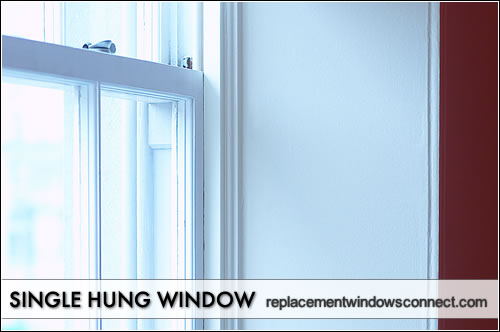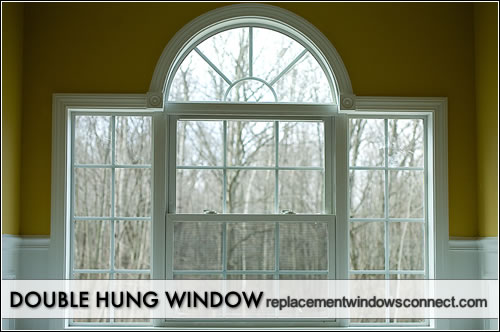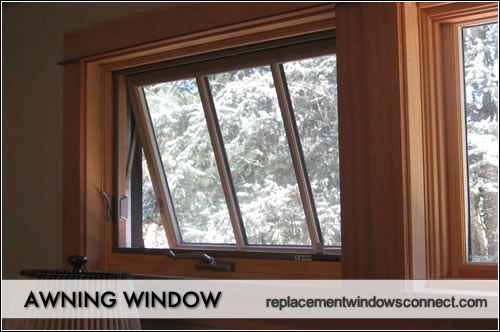Choosing replacement window styles for your home will depend on a variety of factors that include where they will go, the level of energy efficiency you want, the design of your home, fire codes and costs. We have listed 9 replacement window styles below — beginning with the most popular styles on down.


Replacement Window Styles
With so many styles to choose from, deciding on types of windows for your home can be confusing. First, begin to look at homes in your area and see which windows appeal to you. When you visit friends’ homes, ask about their windows and see if they like their window style and manufacturer. Second, hire a good contractor who can make suggestions that fit your home’s overall look and help you to match what features you want with your budget.


Single Hung Windows
With double and single hung windows, the sashes or framed glass panels slide vertically guided by a metal or wood track, with the only the bottom sash moving on the first and both sashes sliding on the second. Today, single-hung windows are more energy efficient than in the past, thanks to improved materials and insulated glazing. Other designs are probably still more energy efficient, but they are catching up quick!


Double Hung Windows
Double hung windows provide a wider range of ventilation options and can be arranged in a number of ways: as a single unit, in sets of two (mullion), or in groups of three or more. One or two double-hung windows on each side of a large stationary insulated window are often used to create the effect of a window wall but the surrounding headers must be large enough to carry roof loads.


Sliding Windows
Horizontal sliders open or slide to the side and are often used where there is need for a window that is wider than it is tall. Since sliding windows glide or slide smoothly along a track, they are a great option in areas where protruding windows would interfere with the exterior space. If your windows open out to a walkway, breezeway , patio or deck, they are the perfect choice.

Casement Windows
Casements open from the side using a hand crank and provide significantly better ventilation than sliders of equal size because the entire window can be opened completely for maximum ventilation area. However, if the casement window opens outwards, the screens must be placed on the inside. While windows that swing in or out do have some advantages, they tend to get in the way.


Awning Windows
Awning windows are hinged at the top and crank open from the bottom. They generally leak less air and water than sliding or gliding windows because the sash presses tightly against the frame. Another advantage is that it can be left open slightly for ventilation — even when there is rain since the rain will simply run off the outer edge of the window. They are considered a classy looking window.


Fixed Frame Windows
Fixed or picture windows are non movable windows that often have large panes of glass that provide nice views. They are generally the least expensive type of window, admit the most light, and are available in a large variety of shapes and sizes. While picture windows provide no ventilation, fixed frame windows can breathe new life into the overall décor and aesthetics of the home.


Picture Windows
Picture windows offer an unobstructed view of the outside that is often the highlight of the room they are in. They are a fixed window, meaning they do not open and close, and are made from a wide expanse of glass that focuses on the view outside. Because they do not open and close, they are also generally energy efficient, providing good weatherproofing and insulative properties.


Bay Windows
Bays are actually three windows joined to make a single large unit that projects outward from a room and from the house, forming a bay. The wide center window can be bordered by narrower casement or double-hungs. This setup maximizes space, provide multiple views, make a room appear more open and roomy, increase the flow of light into a home, and can add counter space.


Bow Windows
Bow windows are curved windows, close relations of bay windows. Bow windows aren’t installed in line with the wall in which they are contained but consist of a window combination that curve out from the wall, providing a panoramic view and creating more interior space. A bow window typically combines four or more casement windows arranged in a half-circle configuration.











